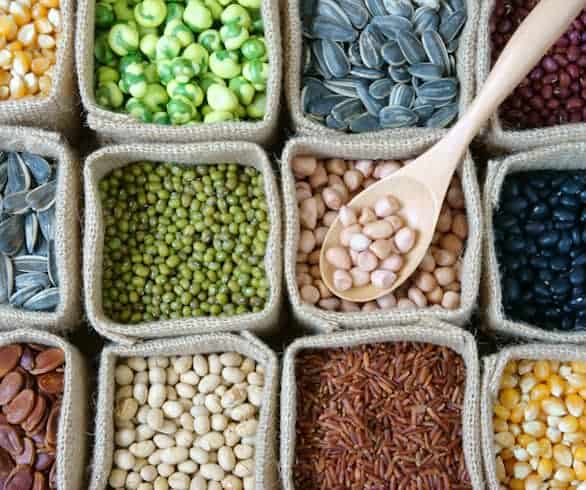
BY GLENDA BRITTON, RHN
As a nutritionist, part of my job is to debunk the myths surrounding different foods and nutrients. Sometimes, this gets pretty complicated: nutrition is rarely a matter of some foods being healthy, while others are unhealthy.
Fibre is a classic example of this. While food manufacturers, some government agencies, and doctors recommend that everyone consume lots of fibre each day, from what I’ve witnessed in my practice—and according to recent science—it isn’t that simple.
WHAT IS FIBRE?
Fibre is a type of carbohydrate that the body cannot digest. There are two major types of fibre: soluble and insoluble. Fibre is found in fruits, vegetables, grains, and legumes, including beans, dried peas, and lentils. It is important to note that fibre is not a nutrient, as it contains no vitamins, minerals, or calories.
THE MYTH: FIBRE RELIEVES CONSTIPATION
We have been led to believe that by consuming extra bulk in the form of dietary fibre, we may increase our intestinal health. Supposedly, fibre helps to regulate bowel movements, helping the body to expel toxins, excess estrogen, and cholesterol.
Studies now suggest that if overcoming a sluggish bowel is the aim, one of the last things we should do is consume more fibre. A study published by the World Journal of Gastroenterology notes that, “the role of dietary fibre in constipation is analogous to cars in traffic congestion. The only way to alleviate slow traffic would be to decrease the number of cars and to evacuate the remaining cars quickly. Should we add more cars, the congestion would only be worsened.”
As such, by adding more fibre to an already jam-packed colon, we may cause ourselves more discomfort. This may come in the form of abdominal pain, gas, bloating, constipation, and possible damage to the intestinal lining. Yikes.
KEEP THINGS IN BALANCE
The key with fibre, as with anything, is balance. When consumed properly, fibre can help to lower cholesterol and control blood sugar. What’s more, high-fibre foods—like whole grains, fruits, vegetables, and legumes—are nutritious, delicious, and affordable. They also contain a variety of nutrients, providing your body with protective health properties.
Recently, nutrition studies have found that some forms of fibre help to feed the microflora in the gut. When prebiotic fibre, also known as resistant starch, feeds good gut bacteria, it produces small chain fatty acids (SCFA). These are essential for building a healthy immune system and lowering inflammation in the body.
SO, WHAT’S THE ANSWER?
If you think that fibre could be causing you digestive discomfort, try keeping a food and symptom journal for a week or two. This will help you to assess which foods are really causing you discomfort. If your symptoms persist, you should consult a qualifified health-care provider.
For most, fibre consumption should not be the objective, but rather a by-product of eating a balanced diet. By including lots of vegetables, some fruits, good quality healthy fats, proteins, and whole grains into your diet, you’ll ensure that you have all of your bases covered. VM













